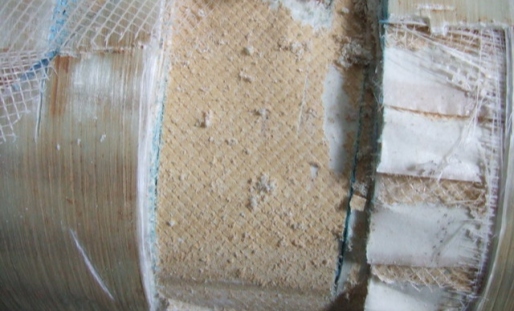There are several reasons for low water production and normal salt permeability:
(1)Microorganisms and natural organic matter
Changes in the following operating parameters indicate that the membrane elements are contaminated by microorganisms, especially at the front end of the system:
A. When operating with the same inlet water pressure and recovery rate, the product water flow rate decreases;
B. When operating at the same inlet water pressure, if biological fouling breeds a large amount of biological matter, the recovery rate of the system will decrease;
C. If the water production volume needs to remain unchanged under the same recovery rate, the inlet water pressure must be increased. When operating in this way for a long time, increasing the inlet water pressure will create a vicious cycle, because it accelerates the fouling rate and makes future cleaning more difficult;
D. When large areas of bacterial contamination occur, or are accompanied by sludge blockage, the pressure difference in the system will increase significantly. The pressure difference at both ends of the pressure vessel can be used as a sensitivity indicator for the occurrence of blockage. Therefore, between each section of the system It is necessary to install pressure monitoring devices;
E. At the beginning, the salt permeability is normal or even low. When a large amount of dirt appears, the salt permeability will increase rapidly;
F. When the incoming water, concentrated water or produced water sample contains a large number of microorganisms, it means that biological pollution has occurred or exists. For the correct monitoring method of microorganisms, please refer to the technical manual of the membrane manufacturer;
G. Touching the microbial membrane will feel very slippery and often have an unpleasant odor;
H. Burning is a quick way to determine microbial contamination. The smell of a biofilm sample is like burning hair.
I. The cause of biological contamination is that the microbial activity of the incoming water is high and no appropriate pretreatment is taken. Corrective measures include:
J. Clean and disinfect the entire system, including the pretreatment and membrane body. At the same time, it should be noted that if the cleaning and disinfection are not thorough, rapid re-contamination will occur;
K. Install or optimize pretreatment to deal with microbial contamination of raw water. Refer to the membrane manufacturer's technical manual for methods to prevent biological contamination;
L. Soak and rinse with alkaline cleaning solution (pH12~13);
M. Use anti-fouling membrane elements.
(2)The protective liquid has expired
If the protective solution is used for too long, too hot or oxidized, the membrane element or system stored in sodium bisulfite solution may also be bio-contaminated.
At this time, cleaning with alkaline solution or soaking in 1% (wt) nitric acid can usually help restore the water flow of the membrane element. If the membrane element needs to be preserved, the protective solution should be renewed and the membrane element should be placed in a cool, dry and dark environment.
(3)Not fully moistened
After the membrane element is dried, the water production of the membrane element is very low, probably because the micropores of the middle support layer have not been wetted.
